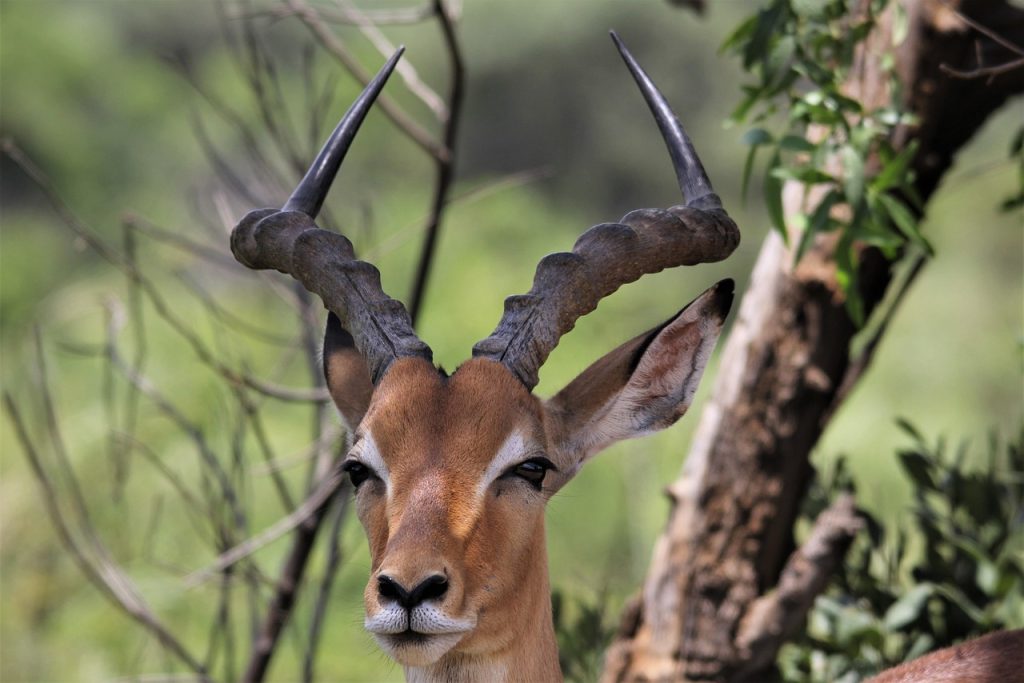Experience a completely customized and flexible trip of a lifetime with experts you can trust.
The sixth largest wildlife reserve, the home of giant Baobab trees popular for its great number of the elephants herds, Tarangire National Park covers approximately 2 850km² just south of Lake Manyara National Park in the northern Tanzania. The landscapes is slightly rugged is incredibly diverse and stands out from any other on the traditional northern safari circuit.
This beautiful Park holds around nine different vegetation zones. Each of these supports its own unique forms of flora and fauna. Diversity lies within Tarangire, as does also a pure region with the promise to deliver on quiet moments of reflection and wonder.
Tarangire National Park is the home for the individuals who need to step that substantially additionally off the beaten track to encounter a genuinely wilderness reserve. It boasts large herds of elephant and buffalo, and a remarkable concentration of big cats. The African wild dog, kudu, Oryx and gerenuk, rarely found in other parks in the northern circuit, can also be found here, along with arguably the best bird diversity in Africa. More than 500 species are attracted to its vibrant swamps. During the dry season from August to October, Tarangire has the highest concentration of mammals of any of Tanzania’s renowned national parks.

The park boasts the huge quantity of elephant in northern Tanzania. Impressive herds of up to 350 elephant plus large herbs of buffalo are an outstanding sight, and you also can expect consistent sightings of migratory zebra, wildebeest, waterbuck and giraffe. Tarangire hosts both big cats and small. A high concentration of leopard and lion as well as Serval Cat, caracal and genet make for high-adrenaline viewing as they prey on the plains game that provide a moving smorgasbord.
During the dry season the park becomes one of the highest densities of wildlife per square kilometre in all of Tanzania, as the permanent Tarangire River remain the only water source and a crucial resources for large numbers of wildlife in Tarangire.
It’s the home to more than 550 bird species, the park arguably has the best bird diversity in East Africa and ornithological enthusiasts can expect to see tons of species, even in the dry season. In addition, the swamps of Tarangire are the focus of the largest selection of breeding birds in the world.
With a great reputation for fantastic guiding, our Guides will all the time will drive take you to the heart of the action. Most of our game packages consist a full day drives enables you to spend much your quality time in the park and enjoy the unimaginably excitement All our tucks are 4WD and they are in great conditions, designed to luxury with window seat. Our vehicles have power points where you can recharge your devices, and are fitted with fridges to keep your drinks deliciously frosty.
June, July, August, September & October – Afternoon temperatures are close to 26°C/79°F. Days are clear with calm skies. It is possible for the short rains to begin in October. It cools down at night with temperatures dropping to about 14°C/57°F. Occasional cold fronts can lower temperatures to freezing.
As in the Dry season, temperatures are moderate during the Wet season as well. Afternoon temperatures are usually around 28°C/82°F, and night temperatures are around 16°C/61°F.
November & December – ‘Short rains’ – October through December brings about four weeks of rain, the start of which is unpredictable. It will rarely have a negative effect on your trip, as it would be unusual for it to rain all day. Showers normally occur in the afternoon. Daytime temperatures are typically around 29°C/84°F, while night and early mornings hover close to 17°C/63°F.
January & February – A dry spell occurs after the short rains. The beginning of the spell is difficult to predict.
March, April & May – ‘Long rains’ – On most days, rain occurs, although it rarely rains the entire day. Cloudy skies are common. Average daytime temperatures are around 27°C/81°F, and 17°C/63°F at night. Cold fronts commonly roll in during April and May causing temperatures to get much colder.
Our travel experts are always available to answer questions and help you plan the trip of a lifetime. Contact us with inquiries or for more information.
This site is protected by Google reCAPTCHA
A private guided safari offers you great experience while travelling to Tanzania with a dedicated guide to answer your questions.
Enjoy a wide range of unique, superb safari options and flexible schedules tailored just for you to meet your special interests
Exclusive Wilderness Trails.
P.O. Box 13546 Arusha, Tanzania
+255 784 818 959
info@exclusivewildernesstrails.com